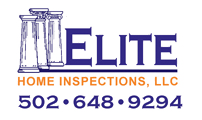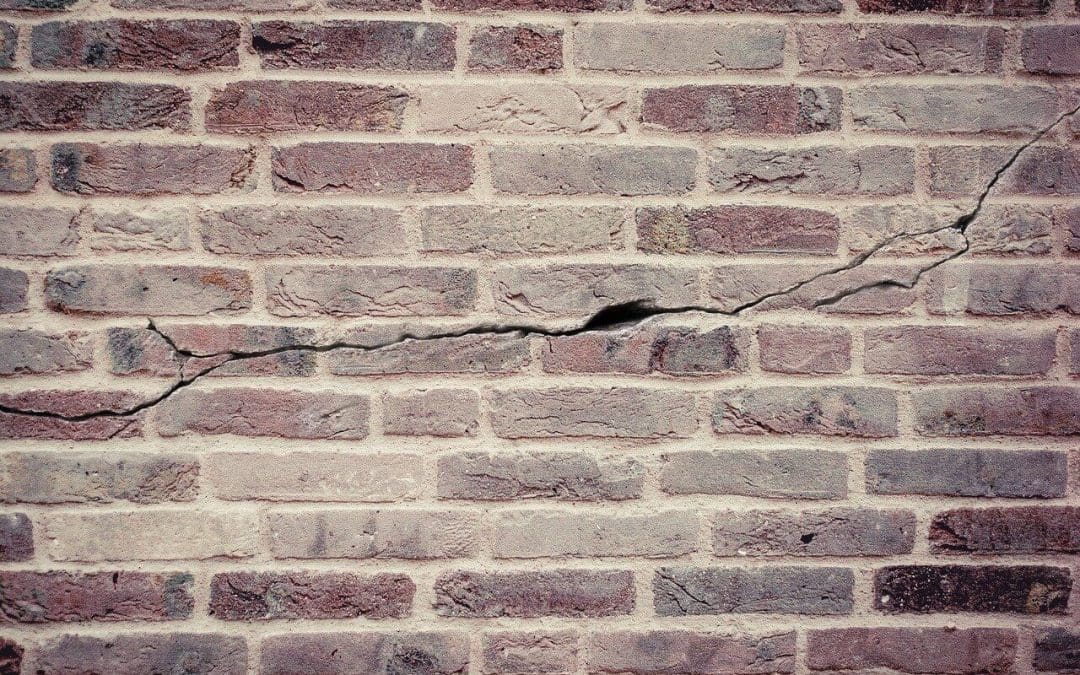Homeownership is a significant responsibility that requires ongoing attention to ensure your living environment remains safe, comfortable, and structurally sound. Ignoring sure signs of serious home issues can lead to extensive damage and costly repairs. Here’s how to recognize some of the most serious problems.
Cracks in Walls and Ceilings are Signs of Serious Home Issues
Cracks can appear for various reasons, including settling, temperature changes, and structural issues. While small hairline cracks are typically harmless, larger cracks, especially those wider than a quarter of an inch or those that zigzag, can indicate serious structural problems. Cracks that extend through both walls and ceilings or appear around doors and windows are particularly concerning and should be inspected by a professional.
Sagging Roof
A roof should have a uniform appearance. Any sagging or dipping is a red flag that requires immediate attention. Sagging can be caused by water damage, snow load, or structural failure. It often indicates that the roof cannot support its weight, which could eventually lead to a collapse. Regular inspections and maintenance can prevent minor issues from becoming major problems.
Water Stains and Dampness
Water stains on walls, ceilings, or floors indicate a water leak. Dampness or musty odors can also signal hidden leaks or poor ventilation. Persistent moisture problems can lead to mold growth, which poses serious health risks. Investigate the source of any water intrusion promptly to prevent extensive damage and health hazards.
Uneven or Sinking Floors are Signs of Serious Home Issues
Floors that are uneven, sagging, or sinking in certain areas can suggest problems with the foundation or structural supports. This can be caused by soil settlement, water damage, or poor construction. Addressing these issues early can prevent further damage to your home’s structure and maintain the safety and comfort of your living space.
Electrical Problems
Frequent circuit breaker trips, flickering lights, and outlets that are warm to the touch are all signs of electrical issues. Overloaded circuits, faulty wiring, or outdated electrical systems can cause these problems. Electrical issues pose significant fire hazards and should be addressed immediately by a qualified electrician.
Persistent Pest Problems
Rodents, termites, and other pests can cause extensive damage to your home’s structure and pose health risks. Signs of a serious pest problem include droppings, gnawed materials, and visible nests. Termites, in particular, can weaken wood structures, leading to costly repairs. A pest control professional can help identify and eliminate infestations before they become severe.
Poor Drainage and Foundation Cracks
Water pooling around your home’s foundation can lead to serious structural problems. Poor drainage can cause soil erosion, which can undermine the foundation. Visible cracks in the foundation, especially those wider at the top than the bottom, can indicate that the foundation is settling unevenly. Installing proper drainage systems and addressing foundation issues promptly can prevent major structural damage.
Peeling Paint and Wallpaper
Peeling paint or wallpaper can be a sign of underlying moisture problems. While it might seem like a cosmetic issue, it often indicates that water is seeping into the walls, which can lead to mold growth and structural damage. Identifying and fixing the source of the moisture is crucial to preventing further deterioration.
High Utility Bills Can Be Signs of Serious Home Issues
A sudden increase in utility bills can signal inefficiencies in your home’s insulation, heating, or cooling systems. Drafty windows, poor insulation, and inefficient HVAC systems can cause your home to lose heat in the winter and gain heat in the summer, driving up energy costs. Conducting an energy audit can help identify areas where improvements can be made to increase efficiency and reduce costs.
Recognizing the signs of serious home issues is the first step in preventing extensive damage and costly repairs. Regular inspections and prompt attention to problems can help maintain your home’s safety, comfort, and value. When in doubt, consulting with professionals can provide peace of mind and help keep your home in good condition.
FAQs
How often should I have my roof inspected?
It’s recommended to have your roof inspected at least once a year, preferably in the spring or fall. Additionally, you should inspect your roof after any severe weather events, such as heavy rain, snowstorms, or high winds, to ensure there are no damages that could lead to more severe problems.
How can I tell if my home has poor drainage?
Signs of poor drainage around your home include water pooling near the foundation, a constantly wet or muddy yard, soil erosion, and basement flooding. To improve drainage, consider installing gutters, downspouts, and French drains and grade the yard away from the home’s foundation.
How can I improve the ventilation in my home to prevent dampness?
Improving ventilation in your home involves ensuring that bathrooms and kitchens have exhaust fans that vent to the outside, using dehumidifiers in damp areas, and keeping windows open whenever possible to allow fresh air circulation. Additionally, a whole-house ventilation system can help manage humidity levels and improve indoor air quality.
What are the health risks associated with mold growth?
Mold growth can pose several health risks, especially to individuals with respiratory issues, allergies, or weakened immune systems. Common health problems include respiratory infections, asthma attacks, allergic reactions, and other respiratory symptoms such as coughing, sneezing, and eye irritation. It’s important to address mold issues promptly to maintain a healthy living environment.
Elite Home Inspections offers home inspection services to customers in Louisville and the surrounding areas of Kentucky. Contact us to request an appointment.

